How to Move a safe with Cube Moving and Storage
Imagine relocating an ancient, impenetrable safe, a daunting task likened to moving mountains with mere muscle and mettle.
Yet, entrusting Cube Moving and Storage transforms this Herculean endeavor into a streamlined, almost balletic process – masterful, precise, and deceptively effortless.
Assessing Your Safe
Before the meticulous relocation process begins, Cube Moving and Storage conducts a comprehensive assessment of your safe, a critical first step in ensuring a secure and efficient move. They evaluate the safe’s dimensions, weight, and structural integrity, along with the nuances of its current location such as doorway width, hallway clearances, and stairwell accessibility. This incisive analysis informs the strategic planning necessary to orchestrate a successful and orderly relocation of your valued safe.
Determining Weight and Dimensions
Understanding the exact scale and scope of your safe is critical—precise measurements ensure the safeguarding of both the item and the moving environment.
A safe’s mass dictates the manpower and tools required; it’s the pivot of moving strategy and safety protocols.
When detailing dimensions and weight, consider every aspect of the landscape—from doorways and hallways to elevators and staircases, ensuring a seamless transit route.
Meticulous attention to detail and advance planning—procuring the appropriate equipment and workforce—guarantees the safety and efficiency of the safe’s relocation.
Identifying Moving Challenges
Relocating a safe is not simply about meticulous planning; unforeseen scenarios often emerge, necessitating quick problem-solving and adaptability.
Pre-move assessments may overlook minute but critical details that manifest during the move.
Challenges such as weather conditions, parking restrictions, and changes in building accessibility can impact the move, requiring contingency plans to preserve the safe’s condition and ensure timely delivery.
Highly sensitive safes demand specialized transportation logistics and security measures to prevent data breaches or damage to the locking mechanisms, calling for expertise beyond conventional moving protocols.
Pre-Move Preparation

The complex endeavor of moving a safe mandates thorough preparation. Begin by clearing a passage that will allow unobstructed access, instigating a smoother relocation process. It’s important to communicate detailed specifications of the safe to Cube Moving and Storage professionals, including weight, dimensions, and locking mechanisms. This information is crucial for selecting the appropriate moving equipment and strategies. Moreover, secure any necessary permissions or clearances from your building management to avoid delays and confirm scheduling well in advance to ensure that all resources are available on your desired moving day.
Securing the Safe’s Contents
Remove all items from within the safe.
Before relocation, it’s imperative to ensure the safe is empty. Objects left inside can shift and cause internal damage or disrupt the safe’s balance during transport, potentially leading to a hazardous situation. Moreover, emptying the safe is also a prudent security measure to protect valuable contents from potential exposure or misplacement amidst the moving process.
The interior should be inspected for loose components.
It’s essential to assess the inner mechanisms – look for any parts that could dislodge. Even without contents, a safe’s internal components can be intricate, necessitating careful consideration to secure or remove these elements to prevent any damage during the move.
Buffer the internal fittings with protective materials.
When you’ve confirmed that your safe is empty and all internals are secure, lining the interior with cushioning materials – such as foam inserts or soft linens – provides additional protection. This step is especially important for safes with built-in shelving or delicate electronic components that could be susceptible to jostling.
Ensure the safe’s door is locked and secured.
Finally, it is essential to make certain that the safe’s door is firmly closed and locked, averts any unexpected opening during transport. Taking cautious measures to keep the locking mechanism engaged and protected, safeguards against any compromise of the safe’s integrity. Verify that your safe is ready for a secure relocation in 2023 by adhering to these meticulous safe preparation practices, underpinning Cube Moving and Storage’s commitment to excellence in securing your valuable possessions.
Gathering Necessary Equipment
Safety is paramount when moving a safe.
Heavy-duty moving equipment is crucial for safe relocation. Industrial-grade dollies ensure a stable platform while moving your safe, and heavy-duty straps are necessary to secure the safe during transit. Additionally, having a ramp to navigate stairs is indispensable in cases where elevators are not available or the safe is too large for elevator dimensions.
Protective gear is a must for the moving team.
It is vital to use the appropriate tools – such as skid boards with rubberized mats – to protect floors from potential damage during the move. These tools, in conjunction with specialized safe moving equipment, ensure a seamless and damage-free relocation process.
Using the right tools is integral for the precise and secure transport of heavyweight items, especially safes, as part of Cube Moving and Storage’s best practices. Adherence to the industry’s leading standards in safe moving, ensures that your valuable assets are relocated without compromise, aligning with our 2023 mission to deliver unmatched moving experiences. Our equipment is state-of-the-art, maintaining exceptional standards to service the valued residents of San Diego.
The Moving Process
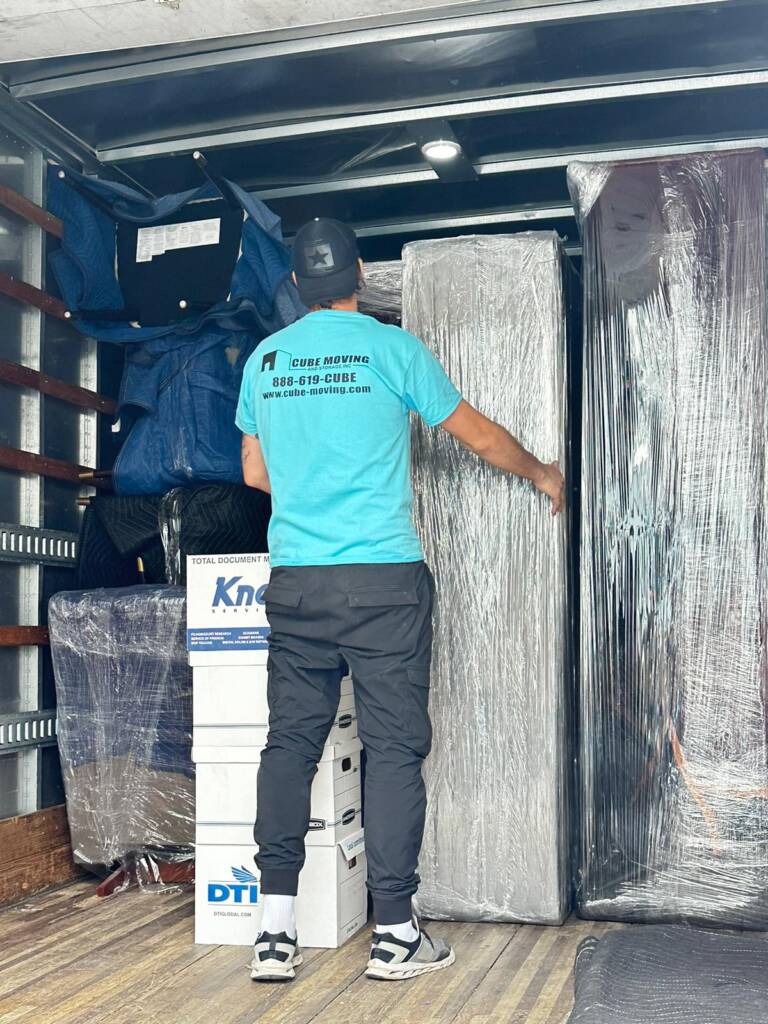
Our meticulous planning includes a detailed inventory and risk assessment for every item, with special consideration for high-value possessions like safes. This ensures we understand the distinct requirements of your specific safe—including its dimensions, weight, and the particulars of its current and future locations. Recognizing each aspect allows us to tailor the moving process precisely, reducing risks and guaranteeing that your item is handled with the utmost care.
Once the preliminary steps are in place, our skilled moving professionals employ a suite of specialized techniques to transfer your safe. From the strategic use of heavy-duty dollies designed for substantial loads, to the careful navigation through tight corridors and stairwells, the team at Cube Moving and Storage handles every challenge with expertise. Employing our full array of resources, we ensure your safe is secured and relocated in a manner that exhibits sterling execution and attention to detail.
Employing Proper Lifting Techniques
Safes require exacting measures when being lifted to prevent injuries and property damage.
- Engage your core and keep your back straight to maintain spinal alignment.
- Bend at the knees, not at the waist, to utilize the strength of your leg muscles.
- Lift smoothly and slowly, avoiding any jerky movements that may compromise balance.
- Ensure a firm grip and adequate handholds on the safe or the lifting equipment.
- Communicate clearly with your team throughout the lifting process to coordinate movements.
Applying these techniques, our movers handle your valuables with professionalism.
Proper lifting transcends mere technique; it’s integral to our commitment to safety.
Navigating Obstacles and Tight Spaces
When confronted with restrictive spaces, meticulous planning is the primary step to a successful safe relocation with Cube Moving and Storage.
For instance, to circumvent damage to the safe or infrastructure, our experienced crew methodically assesses the environment, determining the most prudent path. This potentially involves disassembling adjacent fixtures temporarily or securing protective materials on sharp corners. Advanced dollies and hoisting equipment further mitigate the risks when maneuvering through these confined areas. Our team’s spatial acumen and coordination ensure the safest and most efficient route is followed, irrespective of the apparent spatial constraints.
Furthermore, navigating through these obstacles often necessitates the use of specialized equipment designed for tight spaces. From slim-profile dollies to compact lifting straps, every piece of gear we utilize is selected to navigate through narrow passageways and minimize the risk of contact with walls and fixtures.
The expertise of our professionals becomes distinctly apparent during the final placement of the safe. Each movement is calculated and deliberate, keeping the surrounding space unscathed. We are well-versed in the use of angling techniques and soft-moving pads, which reduce friction and prevent damage to both the safe and the environment it passes through. These precautions are critical for maintaining the integrity of your valuables and property throughout the moving process.
Post-Move Setup
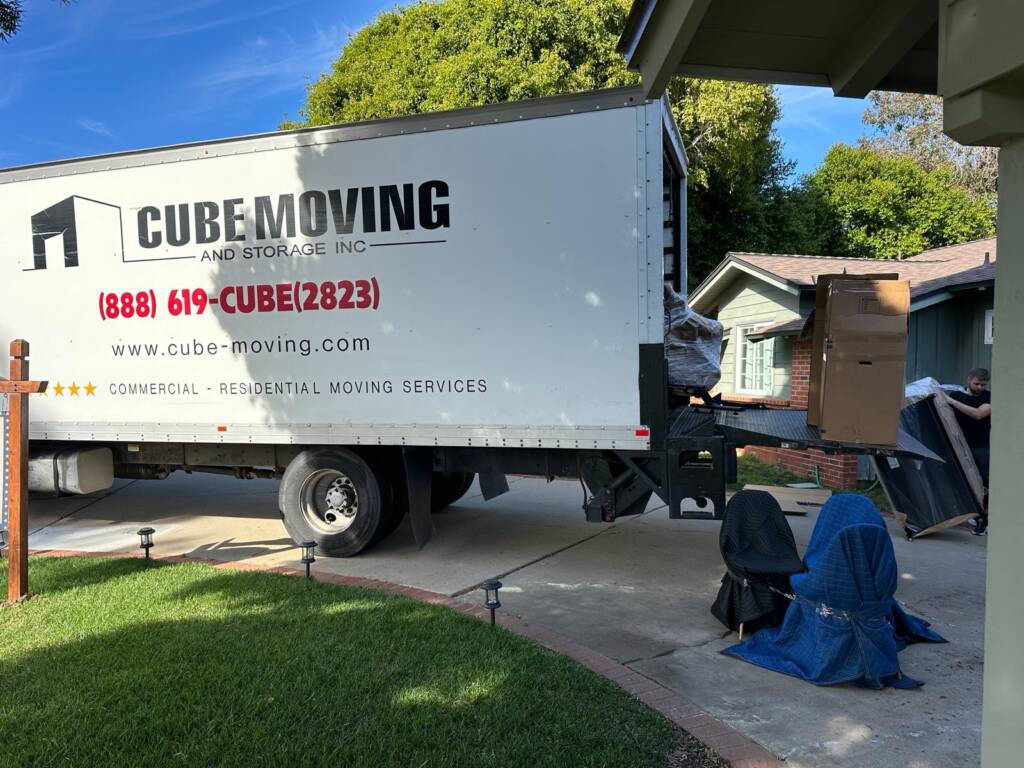
Upon the successful relocation of your safe, the Cube Moving and Storage team commences the post-move setup—an essential phase contributing to the operational readiness of your safe. We unerringly adjust your safe to its designated position, ensuring it is both level and secure. This meticulous placement is pivotal, as it guarantees the proper function of the safe’s locking mechanisms and protects its contents from potential damage.
The complexity of re-instating the safe’s systems extends beyond mere physical placement; it engages with resetting combinations, reattaching electronic components, or integrating the safe back into a more extensive security network. Our skilled technicians are adept at coordinating this stage, to provide you a seamless transition to daily operations. After installation, we methodically assess the safe’s functionality and provide you with the guidance necessary to manage your security apparatus proficiently, thereby assuring peace of mind for the sanctity of your safeguarded assets.
Positioning and Anchoring Your Safe
Upon precise alignment within your premises, Cube Moving and Storage specialists initiate the anchoring process, a critical step to thwart unauthorized removal or theft. A safe that isn’t firmly anchored can become a liability, compromising both safety and security.
Secure anchoring often requires drilling into the foundation. Cube technicians employ state-of-the-art equipment to achieve this without structural compromise.
We then utilize high-grade anchor bolts, designed for shear and tensile strength, ensuring the safe’s immobility under duress or force. These bolts are crucial for the safe’s steadfast fixation, preventing both tipping and shifting.
To maintain the manufacturer’s warranty, the anchoring methodology must align with the safe’s design specifications. Our team strictly adheres to these requirements, avoiding any actions that might void your warranty or reduce the safe’s protective capabilities.
Finally, we conduct a rigorous inspection, guaranteeing the safe’s anchors are embedded correctly and that there’s zero movement. This inspection finalizes the installation, assuring the safe’s longevity and defense against unauthorized access.
Flawlessly anchored, your safe is now poised to guard your valuables. Trust Cube Moving and Storage for a secure and professional anchoring that preserves both your peace of mind and the integrity of your possessions.
Final Security Checks
Before culminating the relocation process, a stringent security assessment is essential.
- Ensure that the safe’s locking mechanisms are fully functional post-move.
- Verify that there are no signs of structural damage to the safe.
- Confirm the safe’s position is in accordance with designated specifications.
- Double-check the anchor bolts and other securing elements for firmness.
- Inspect the vicinity for any potential hazards that might compromise safe stability.
A thorough examination of these checkpoints solidifies the security of your relocated safe.
Uncompromising attention to detail is the hallmark of Cube Moving and Storage’s operations; nothing is left to chance. Your valuables deserve the utmost protection, and our final security checks are designed to deliver just that.
How do people move heavy safes?
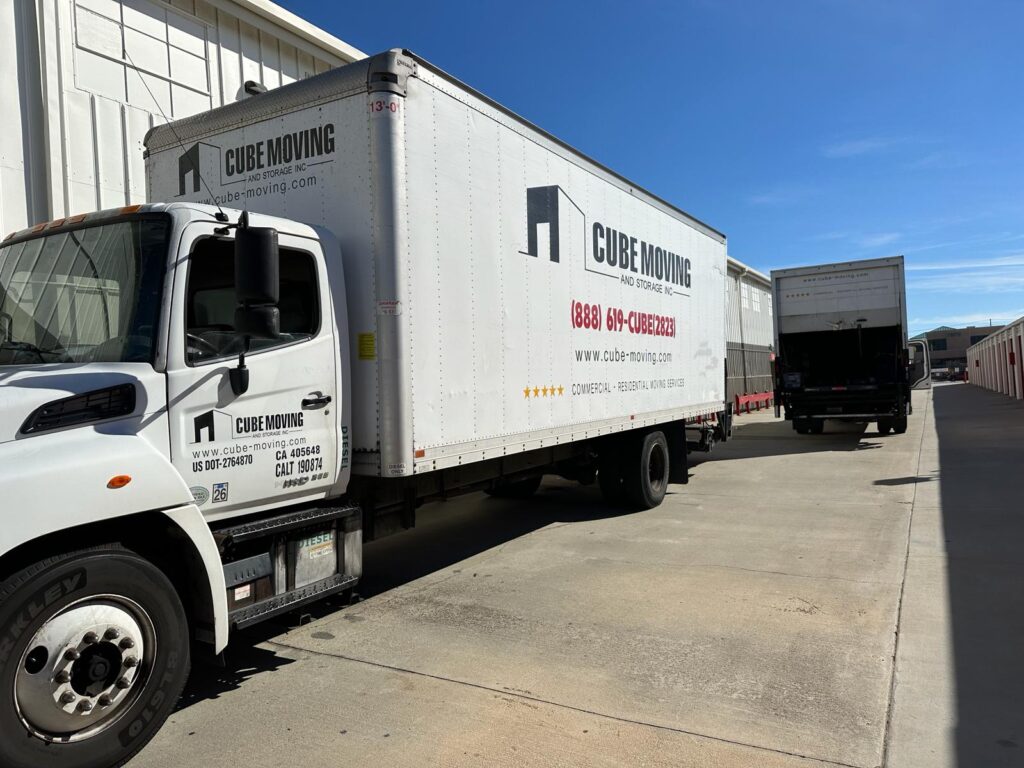
Cube Moving and Storage: Facilitating Your Move to North Park
Moving heavy safes can be a daunting task, but with the right equipment and techniques, it can be done safely and efficiently. One important consideration is to ensure that the individuals involved in the process are trained and experienced in handling heavy objects.
First and foremost, it is crucial to assess the weight and dimensions of the safe before attempting to move it. This information will help determine the appropriate equipment needed, such as dollies, straps, and padding. Additionally, it is important to have a clear path and plan in place to avoid any obstacles or potential hazards during the move.
When lifting and moving the safe, it is essential to use proper lifting techniques to prevent injury. This includes bending at the knees, keeping the back straight, and using the legs to lift rather than relying solely on the back muscles. It is also recommended to use a team lifting approach, where multiple individuals work together to distribute the weight and ensure a more balanced and controlled movement.
To make the process smoother, it may be necessary to disassemble some parts of the safe, such as removing the door or any removable shelves or drawers. This will help reduce the overall weight and make it easier to maneuver through narrow doorways or staircases. However, it is essential to follow the manufacturer’s instructions when disassembling or reassembling the safe to avoid any damage or compromise to its structural integrity.
Once the safe is ready to be transported, securely fasten it to a dolly or other moving equipment using straps or ropes. This will prevent it from shifting or falling during transit. It is also important to protect the safe’s exterior with padding or blankets to minimize the risk of scratches or other damage.
Lastly, when loading and unloading the safe onto a truck or van, be sure to use ramps or lift gates to avoid unnecessary strain or accidents. Secure the safe in place using straps or other restraints to ensure it remains stable during transportation.
In summary, moving heavy safes requires careful planning, proper equipment, and experienced individuals. By following these guidelines, you can ensure a safe and successful move without compromising the integrity of the safe or risking injury to yourself or others.
How much does it cost to move a gun safe?
Moving a gun safe can be a complex and specialized task that requires careful planning and expertise. The cost of moving a gun safe can vary depending on several factors such as the size and weight of the safe, the distance of the move, and any additional services required.
When determining the cost of moving a gun safe, it is important to consider the size and weight of the safe. Larger and heavier safes will require more manpower and resources to move safely, which can increase the overall cost. Additionally, the distance of the move will also impact the cost, as longer distances may require additional fuel and transportation expenses.
In addition to the basic moving services, there are often additional services that may be necessary when moving a gun safe. This can include services such as disassembly and reassembly, specialized equipment to navigate stairs or tight spaces, and extra insurance coverage for high-value items. These additional services will also contribute to the overall cost of moving the gun safe.
To get an accurate estimate for the cost of moving a gun safe, it is recommended to contact professional movers who specialize in gun safe relocation. They will be able to assess the specific requirements of your move and provide you with a detailed cost breakdown that takes into account all relevant factors.
Remember, the safety and security of your gun safe should always be the top priority when moving. Hiring experienced professionals who have expertise in handling gun safes will ensure that your valuable possessions are handled with care and transported safely to their new location.

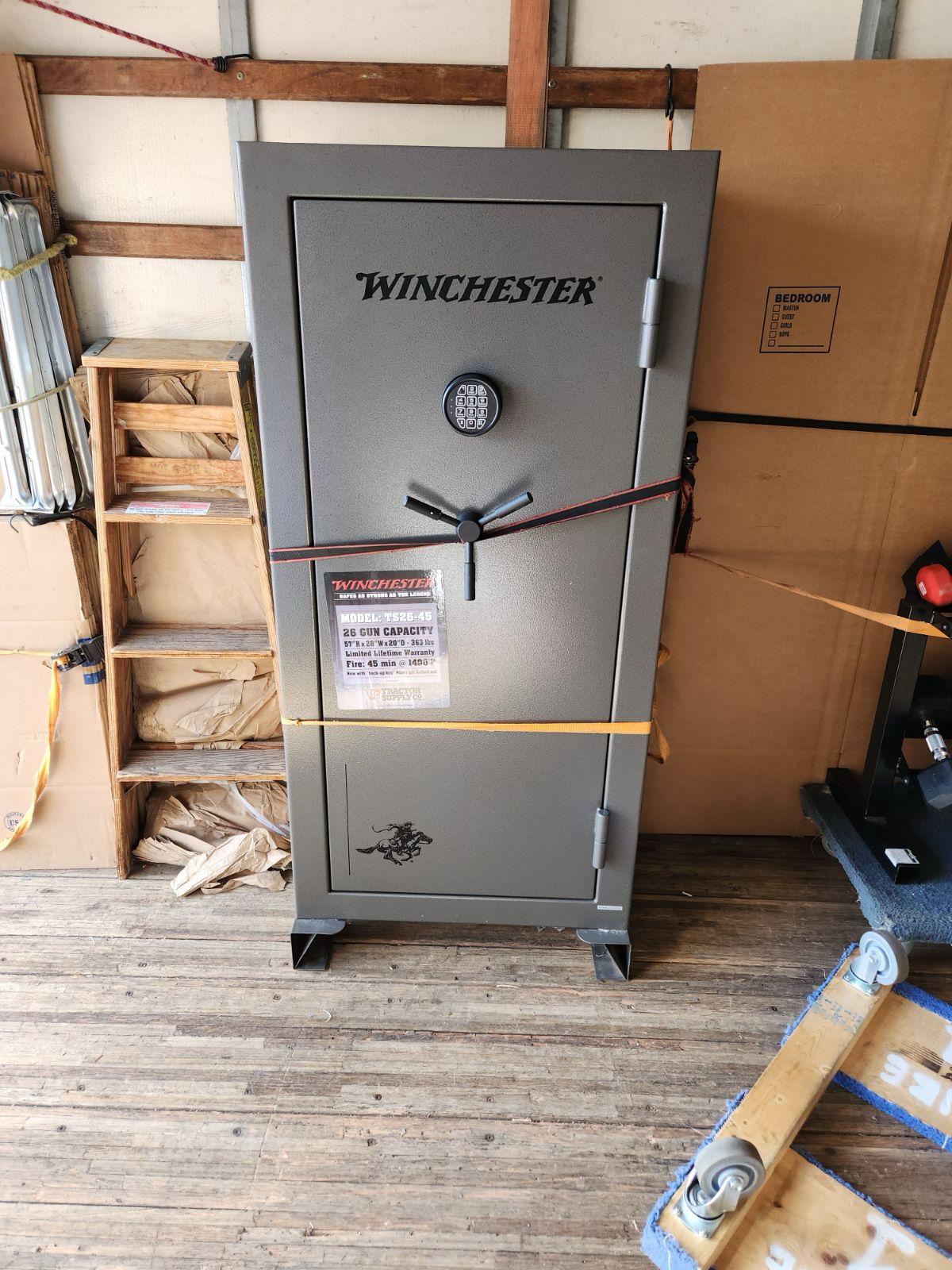

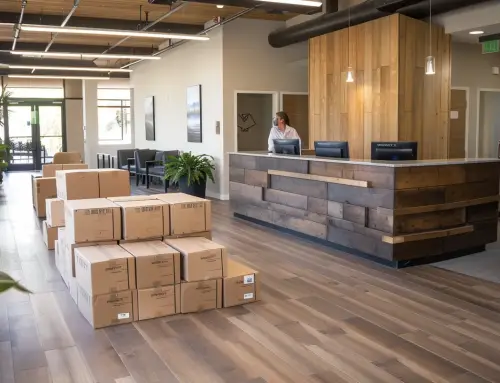

Leave A Comment